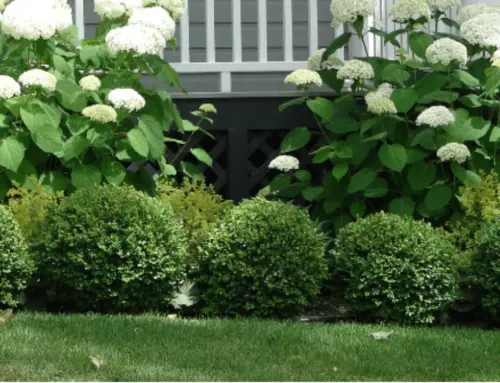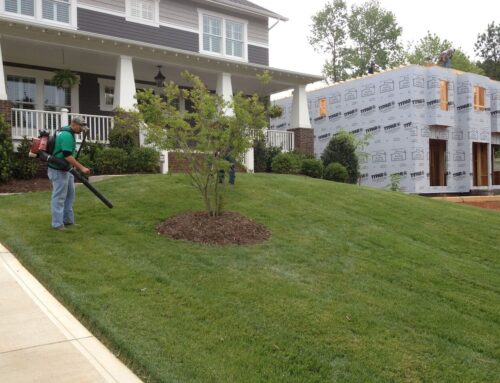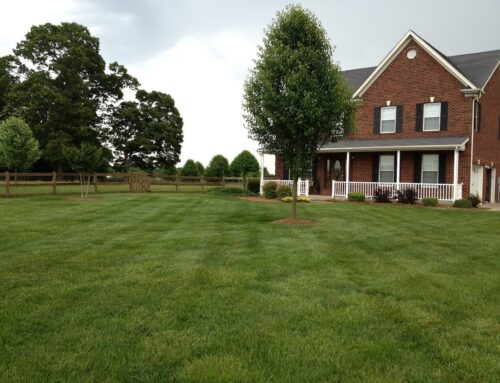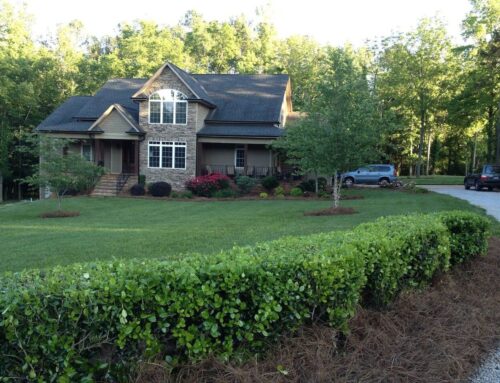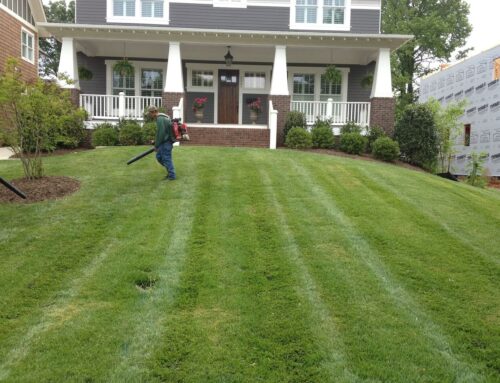Proper trimming of bushes and trees not only enhances the visual appeal of your garden but also promotes healthier plant growth. By carefully selecting and trimming bushes and trees, you can create a cohesive and inviting environment that complements your home’s architecture and natural surroundings. We’ll guide you through the best practices for trimming, the tools you’ll need, and tips for maintaining your landscape all year round.
Whether you’re a seasoned gardener or just starting out, these insights will help you achieve a stunning and sustainable landscape. Let’s dive into the essentials of bushes and trees trim and transform your outdoor space into a lush, green paradise.
How do bushes and trees complement each other in landscape design?
Bushes and trees complement each other in landscape design by offering a harmonious balance of structure, texture, scale, and visual interest. Trees often serve as the focal points or anchor elements within the landscape, providing verticality, shade, and a sense of permanence. They can create a canopy overhead, define boundaries, or frame views, adding depth and dimension to the outdoor space.
On the other hand, bushes play a supporting role, filling in the lower layers of the landscape with their diverse shapes, sizes, and foliage colors. They can soften the transition between trees and ground cover, create natural borders, or provide a backdrop for other garden features. Bushes also add layers of texture and density, contributing to the overall richness and complexity of the landscape.
Together, bushes and trees create a dynamic interplay of heights, shapes, and colors, enhancing the landscape’s visual appeal. Their complementary relationship helps establish a cohesive and balanced composition, ensuring that each element enhances the beauty and functionality of the outdoor environment. Additionally, their combined presence can attract wildlife, provide habitat, and contribute to the ecological diversity of the landscape.
What are the best practices for trimming bushes and trees for optimal integration into a landscape?
Trimming bushes and trees for optimal integration into a landscape requires careful planning and execution to achieve aesthetic appeal and plant health. Here are some best practices:
- Know Your Plants: Understand the specific needs and growth habits of the bushes and trees in your landscape. Different species may require different pruning techniques and timing.
- Establish a Pruning Schedule: Develop a regular schedule based on your plant’s growth rate and seasonal characteristics. Most trees and bushes do best during the dormant season, but exceptions may vary depending on the species and desired outcomes.
- Use the Right Tools: Invest in high-quality pruning tools appropriate for the size and type of branches you’ll trim. Sharp, clean tools make cleaner cuts, reducing the risk of damage and disease transmission.
- Start with Dead or Diseased Branches: Removing dead, damaged, or diseased branches from bushes and trees. This improves the appearance and promotes plant health by preventing the spread of pests and diseases.
- Consider Shape and Structure: Trim bushes and trees to maintain their natural shape while also considering the overall design of your landscape. Aim for a balanced, symmetrical appearance that complements other elements in the garden.
- Prune for Airflow and Light: Thin out crowded areas within the canopy to improve airflow and light penetration, which helps reduce the risk of fungal diseases and encourages healthy growth.
- Avoid Over-Pruning: While removing excess growth and maintaining a tidy appearance is essential, avoid over-pruning, as this can stress the plants and compromise their health. Follow the “one-third rule,” which recommends removing no more than one-third of the plant’s foliage at a time.
- Step Back and Assess: Periodically assess your progress as you prune. This allows you to evaluate the overall shape and balance of the plants and make adjustments as needed.
- Dispose of Debris Properly: Properly dispose of pruned branches and foliage to prevent the spread of pests and diseases. Consider composting or mulching organic material for use in the garden.
By following these best practices, you can effectively trim bushes and trees to enhance their integration into your landscape while promoting long-term health and vitality.
Can improper trimming of bushes and trees negatively impact the overall aesthetic of a landscape?
Yes, improper trimming of bushes and trees can negatively impact a landscape’s overall aesthetic. When bushes and trees are trimmed incorrectly, several aesthetic issues can arise:
- Unsightly Appearance: Improper trimming can skew plant and landscape shapes, detracting from their beauty. Overly manicured bushes may look thin or naked, while improperly cut trees may have awkward or asymmetrical silhouettes.
- Distorted Growth: Inadequate pruning can cause regrowth to be dense and unbalanced, leading to overcrowding and a lack of airflow within the canopy. This can result in an unkempt appearance and increased susceptibility to pests and diseases.
- Visible Damage: Incorrect cuts, such as jagged or torn edges, can create visible wounds on branches and trunks, detracting from the overall beauty of the plants. Additionally, improper pruning techniques may leave behind stubs or exposed wood, increasing the risk of decay and compromising the structural integrity of the plants.
- Loss of Visual Harmony: Bushes and trees are essential in shaping a landscape’s visual harmony and balance. Improperly trimmed plants may clash with surrounding elements or disrupt the intended flow and cohesion of the design, diminishing the landscape’s aesthetic appeal.
- Long-Term Impact: Improper trimming can damage plants and trees, shortening their lifespan and increasing care. Poorly trimmed plants may weaken, infect, or die, detracting from the landscape’s beauty.
Proper bush and tree trimming is essential for maintaining landscape aesthetics. By trimming properly and considering each plant’s traits, you can beautify your outside space and keep your plants healthy.
What are some common mistakes to avoid when incorporating trimmed bushes and trees into landscape design?
When incorporating trimmed bushes and trees into landscape design, it’s essential to avoid common mistakes that can detract from the overall aesthetic and health of the plants. Here are some pitfalls to steer clear of:
- Over-Pruning: Avoid excessive pruning, leading to sparse foliage, distorted growth, and a lack of natural form. Stick to the “less is more” approach and aim to enhance the plant’s natural shape rather than completely altering it.
- Incorrect Timing: Pruning bushes and trees in the wrong season can stress and disrupt growth. Research each species’ best pruning times and avoid pruning during active growth or flowering.
- Improper Cuts: Use sharp, clean pruning tools and make cuts at the correct angle to promote healing and prevent damage. Avoid leaving behind stubs or creating jagged edges, as these can increase the risk of disease and decay.
- Ignoring Plant Health: Adding sick or diseased shrubs and trees to your environment might transmit issues to other plants and distract from their appeal. Choose disease-resistant plants and handle problems quickly to keep them healthy.
- Neglecting Maintenance: They need continual maintenance to stay healthy and attractive after trimming and incorporating bushes and trees into the landscape. Regular watering, fertilizing, and pest and disease monitoring are essential.
- Ignoring Site Conditions: When selecting and placing bushes and trees, consider the specific environmental conditions of your landscape, such as sunlight exposure, soil type, and drainage. These factors will ensure good plant performance and a matched design.
- Lack of Diversity: Adding one species or style of manicured bushes and trees can diversify a landscape. Instead, choose plants with different forms, sizes, textures, and colors to generate visual interest and balance.
Avoid these blunders and follow best practices for blending trimmed bushes and trees into landscape design to create a beautiful, healthy outdoor environment that enriches your home.
Transform Your Landscape With Expert Tree Trimming!
Let Performance Lawn and Landscapes elevate your outdoor space with our professional tree-trimming services. Our skilled team specializes in integrating bushes and trees seamlessly into your landscape design, enhancing the beauty and functionality of your property.
With meticulous attention to detail and a commitment to quality, we ensure that your trees maintain their natural form while promoting optimal health and growth.
Trust us to create a harmonious balance between trees and bushes, enriching your landscape with lush greenery and timeless elegance. Contact Performance Lawn and Landscapes for unparalleled tree trimming and landscape design expertise today.


